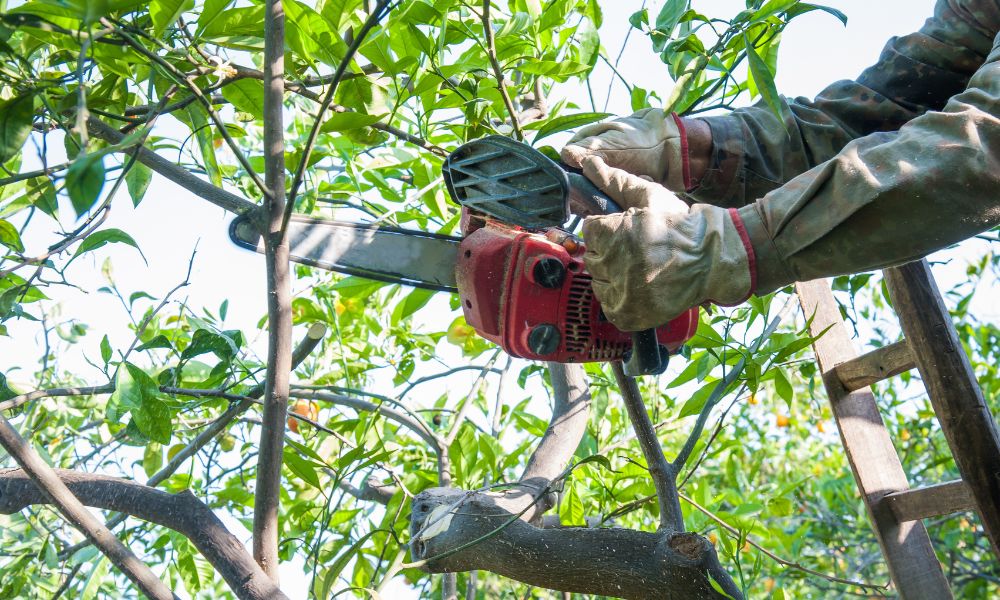Storms can pose a significant threat to any part of your property, but they can be especially risky for your trees. High winds, heavy rains, and lightning can all cause trees to fall or break, causing damage and potential injury. We’re here to help you get ahead of the potential damage if you’re a homeowner looking to protect your trees and property from storm damage. Below are five ways to minimize the risk of storm damage on trees, helping you keep your property safe and beautiful in even the roughest weather.
Prune Regularly
Keeping your trees properly pruned is among the most effective techniques for avoiding tree damage. Regularly removing dead or weak branches will help your trees to grow stronger and healthier, making them more resilient in high winds. Professional tree trimming services can help you identify and remove problem areas, so make sure to hire a reputable company to do the job.
Select the Right Trees for Your Location
Not all trees are strong enough to withstand heavy storms. Some species, such as oak and bald cypress, are sturdier and better able to withstand heavy winds, while others, like silver maples and willows, are more prone to breaking. Make sure you’re planting trees that are compatible with your climate and location, and avoid planting near power lines or other structures to minimize the risk of damage.
Water and Fertilize Regularly
Healthy trees are less likely to sustain damage in storms, so make sure you’re giving your trees the care they need to grow strong and resistant. Regular watering can keep your trees healthy, as can fertilization. So, never pass up an opportunity to give your trees the nutrients they need.
Use Staking and Bracing
Staking and bracing can give your young or newly planted trees extra support when they must withstand high winds and heavy rains. This technique involves securing the tree to a stake or pole using straps and installing braces around the trunk to prevent leaning. Make sure you install them correctly to avoid further damage.
Inspect Regularly
Performing an inspection before bad weather rolls in is another way to minimize the risk of storm damage to trees. Regular tree inspections can help you identify potential problems before they turn into hazards. Look for signs of disease or decay, cracks or splits in the trunk or branches, and leaning or instability in the tree. Call a professional arborist and request they assess the situation and provide recommendations for treatment or removal if you notice any issues.
Storms can wreak unexpected havoc on your trees. That’s why you must take the necessary steps to protect and keep them healthy. Our team at Watts Tree Service provides premium tree maintenance services that help ensure these assets can hold up to any storm. We work hard to prepare your property for common storm hazards and minimize the risks, from regular trimming to inspections to removal when necessary.
Last modified: April 25, 2025

